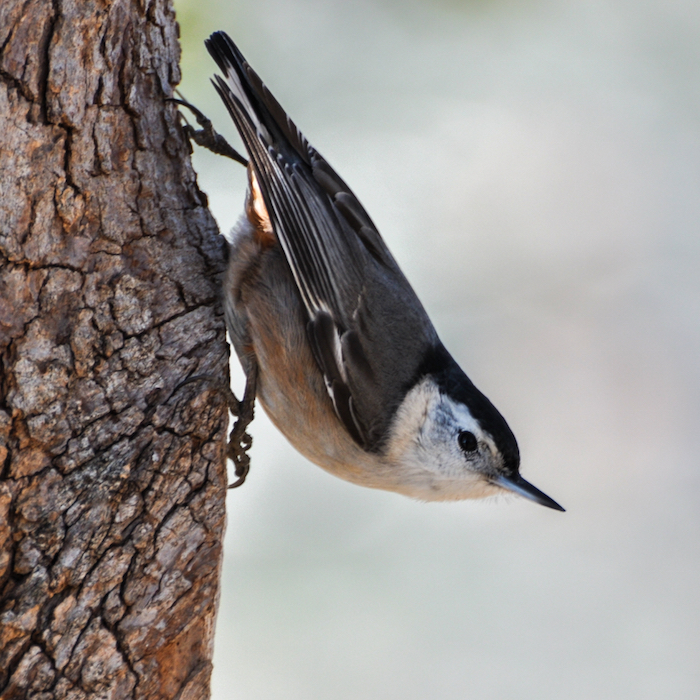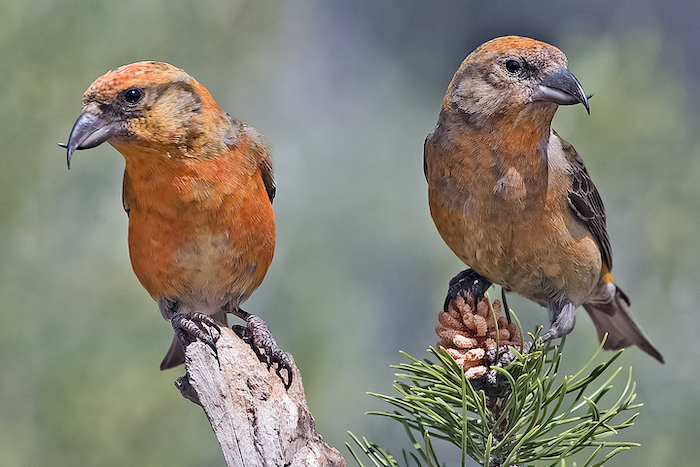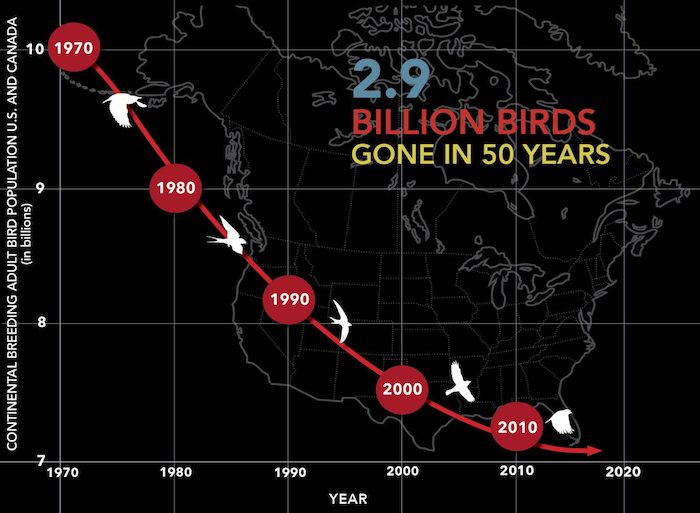
Perhaps you have seen white-breasted nuthatches in your yard. They’re heart-warming little clowns, upside down more than right side up, with quizzical smiles in their dished-up bills, and funny little honking chirps, something like the beeping of a construction truck backing up.
Casually observed, they all look the same. But their variations in the US alone have been categorized into four subspecies that speak–or beep–in different languages. Other birds are similarly variable. Robins differ geographically and in depth of color; seven subspecies are recognized. Eleven types of crossbills are known–the crisscrossing of their bills variably suited to the different kinds of cones they crack for dinner, and their separate menus dividing them into different social groups and dialects.

We’ve all heard about the loss of nature’s biodiversity, and perhaps how that loss strips ecosystems of the genetic flexibility to remain vibrant and productive in new circumstances–say, facing new chemicals, new climate, or new viruses. We generally understand the incalculable value of nature in enriching our lives, and now we have priced at some $180 trillion the commercial value of natural processes such as crop pollination, pest control, flood protection, greenhouse gas sequestration, medicine development, and air and water cleansing.
We have also noted some of the biodiversity declines over the last half century – 30% loss of North American birds, similar declines in insects globally, widespread fisheries collapses. It’s a grim picture.

But, we have argued, at least in the bird world, we really haven’t seen a flood of species extinctions. Nuthatches, for instance, are declining in our area, but they are increasing in the boreal forest–just moving north, as many species are. Unfortunately, the loss of biodiversity doesn’t happen with only species extinctions.
Nuthatches are like everybody else: unique. Their variety is not just as species or subspecies, but as individuals. Some are bolder, others more cautious. Almost certainly they have different disease resistances, risk awarenesses, and parental skills. So as bird numbers decline, they lose diversity within their species.
Probably we can more easily see the loss at the larger, subspecies level. Imagine if all horses were Arabians that might win the Triple Crown, but there were no draft horses to pull our grandparents’ ploughs. Imagine cattle with only Herefords and Angus, but not the Criollos that are replacing them as climates grow hotter and drier. Imagine the corn monoculture, almost destroyed by the blight of 1970, without the older, noncommercial variety to rescue it with blight resistance. Imagine people as only French, or Uyghur, or Hutu. In every species, the variation within it gives flexibility and resilience.
And beauty. I’m glad the nuthatches are doing well in the sub-arctic. But we can do better than just imagine them somewhere not here.
There are many drivers of the worldwide die-offs, and many of those drivers are interrelated. Climate change is one of the prime culprits. The sooner we wean ourselves from fossil fuels the less we will push the loss of both species and individuals. The more efficient we become with feeding ourselves without waste–in the field, out of the fridge, and through plant-rich diets–the more we will sustain the living world’s flexibility, resilience, and beauty. These are things we can do, both broadly in the world and locally. The material pay-off will not be instant, but it will be extensive and lasting.
